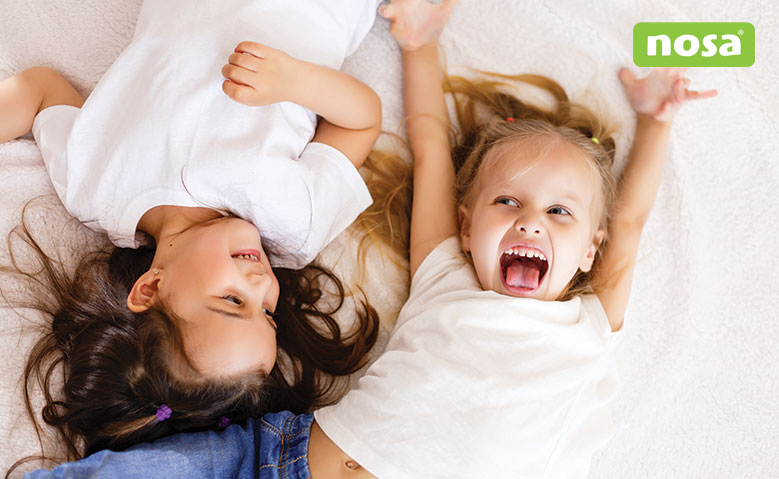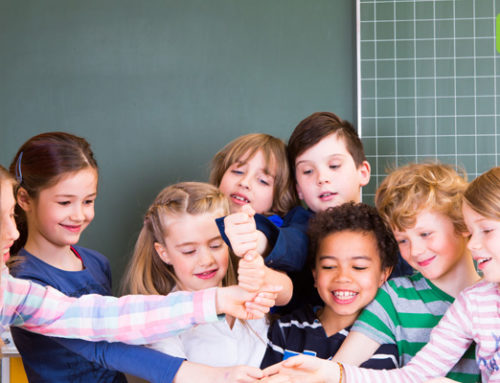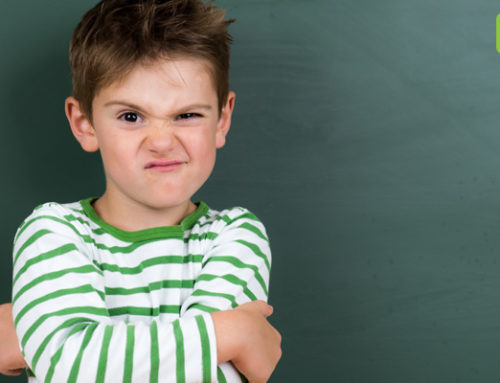Head lice or pediculosis are tiny wingless insects that do not fly or jump, but run at high speed and can be found on the head and neck of the head. are spread by direct human-to-human contact. They are parasites that live and feed on the head of the host. The spread of head lice is most common in children and young people, driving many mothers and fathers crazy.
Head lice attach themselves to the scalp to feed on blood. Female lice lay eggs called nits, which are attached to the hair by a natural glue that keeps them there while they mature with heat and humidity. If they come off, they are not contagious, as they lose the glue to stick again. It is always the louse that is contagious.
These annoying parasites do not cause any illness, but they do cause unwanted itching and can be very unpleasant. It is possible that at some point in your life, your children may suffer from them, as they are often spread at school.
However, hygiene has nothing to do with it. What is more, hygiene has nothing to do with it, these loathsome parasites generally feed on the healthiest heads of hair.. After the common cold, lice infestation is the most common childhood illness. So if you get a call from school any day saying that your child has head lice, don't be alarmed. However, today we will explain the most common ways in which head lice are contagious and how to get rid of them.
Do you want to know the NOSAattack products to get rid of head lice? YES I WANT
Ways in which head lice are spread between children
- The most common way of transmission is through direct contact with another person. Boys tend to put their heads together when playing and this is when a louse passes from one infested head to the other. Girls tend to be more prone, as they tend to have more contact with each other. However, head lice do not understand gender or age.
- Another way is to sharing clothes. By wearing other people's scarves, hats or caps we can catch these unwanted bugs. Transmission is relatively easy.
- The use of combs or scrunchies is another of the most common ways. Personal belongings should always be used exclusively. Do not lend hairbrushes, combs or rubber bands to other children, as contagion through them is inevitable.
- Sleeping on the same pillows and sheetsHow many mothers have ended up with head lice from sleeping with their children in the same bed or simply sharing towels? When one member of the family has a head lice infestation, it is very easy for everyone in the family to get head lice. For this reason, it is very important not to share clothes, towels, combs, scrunchies or pillows under any circumstances. And above all, clean clothes at a high temperature to kill lice if they are present, put the lice on your child's head and put them in the washing machine. towels, sheets, pillowcases and pillows to be laundered. Also disinfect all combs and brushes to avoid infecting the whole family. Read more in the article Getting rid of lice on clothes.
In short, these are the most common ways in which head lice are spread. But once they are contagious, how do we get rid of them?
How to get rid of head lice?
Ending them is difficult, but not impossible. It is just an uphill battle in which we have to be persistent. These parasites can survive up to 30 days in a person's head, and their eggs can survive for more than 2 weeks. Hence, the importance of being constant and patient if you want to get rid of them for good.
Once you have disinfected the entire house and materials that have come into contact with the infected head, let's get on with the treatment!
The first step should be to use the dimethicone lotion that will paralyse nits and lice which will help to remove them easily from the hair. Leave on for 15 minutes.
After that time you can wash that little head of yours with the Nosaprotect anti-lice shampoomade with tea tree oil, will cover the hair with an insulating film and help to protect and prevent infections.
The properties of tea tree are well known for effectively repelling these parasites. The scent of this shampoo not only leaves the hair extra soft and the head fresh, but also keeps them well away.
What do we do once our hair is clean?
Get your hands on a good anti-lice spray or lotion. The most common contain dimethicone or pyrethrin.
Dimethicone is a kind of silicone that forms a film on the hair preventing lice from sticking to it.and slip when they are taken out.
Pyrethrin is a powerful natural insecticide extracted from flowers. Both are effective against lice. Once we have smeared the hair with one of these lotions, we must separate the hair into small strands and comb through them one by one with the help of a comb, to get rid of all the lice and nits. After this ritual, we recommend leaving the hair to air dry, as lice love the heat of the hairdryer..
If after a few weeks they continue, there is no choice but to repeat the operation. The battle against head lice is often tough, but never possible with the right anti-lice products.
Cheer up!







Leave A Comment
You must be logged in to post a comment.